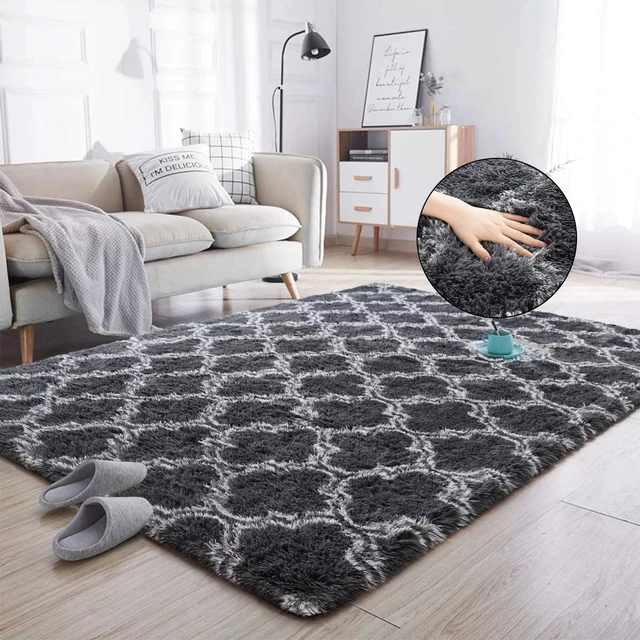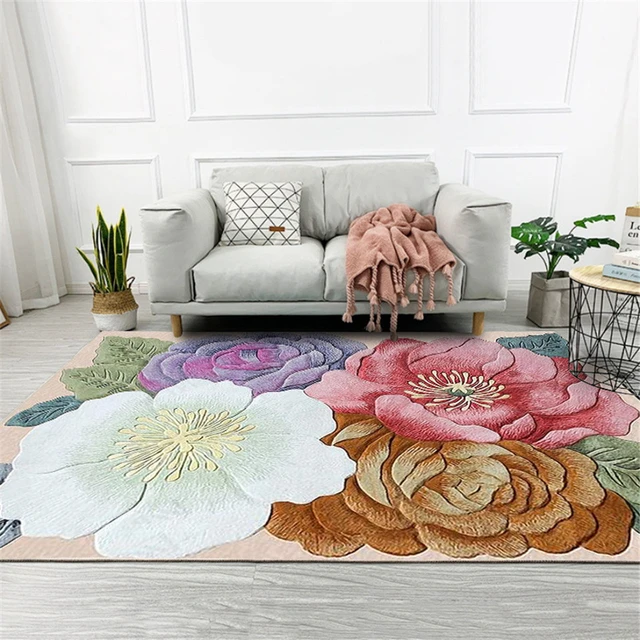 Introduction:
Introduction:
Accidental spills of slime on carpets can be a common occurrence, especially in households with children. The sticky and gooey nature of slime can make it a challenge to remove from carpet fibers. However, with the right techniques and tools, you can successfully remove slime stains and restore the cleanliness of your carpet. In this comprehensive guide, we will explore effective tips and techniques for getting slime out of carpet. By following these simple steps, you can eliminate slime stains and keep your carpet looking its best.
 Introduction to Removing Slime from Carpet
Introduction to Removing Slime from Carpet
Removing slime from carpet involves a systematic approach to break down the sticky residue and lift it from the fibers.
A. Prompt Action: Acting quickly to remove slime from carpet helps prevent it from drying and becoming more difficult to remove.
B. Proper Techniques: Following appropriate techniques ensures effective slime removal without damaging the carpet fibers.
Common types of carpets:
Cut Pile:
Cut pile carpets are made by cutting the yarn loops, resulting in individual yarn tips. This type of carpet has a soft and plush feel, making it comfortable to walk on. Cut pile carpets can be further categorized into different styles such as plush, Saxony, frieze, and shag.
Loop Pile:
Loop pile carpets are made by weaving the yarn into small loops, creating a textured surface. This type of carpet is durable and resilient, making it suitable for high-traffic areas. It is also resistant to stains and wear. Berber carpets are a popular type of loop pile carpet.
Cut and Loop:
Cut and loop carpets combine both cut pile and loop pile construction. This results in a patterned or textured appearance, providing visual interest. This type of carpet is known for its durability and resistance to showing footprints or vacuum marks.
Nylon:
Nylon carpets are highly durable and resistant to staining. They are known for their resilience, making them suitable for high-traffic areas. Nylon carpets are available in a wide range of colors and styles, providing versatility in design choices.
Polyester:
Polyester carpets offer a soft and luxurious feel, similar to wool carpets. They are stain-resistant and have excellent color retention. Polyester carpets are also known for their affordability, making them a popular choice for budget-conscious consumers.
Some points to consider:
The presence of slime on carpets does not pose any direct harm or health risks. However, certain aspects of slime can have implications for the carpet and potential cleanup processes. Here are some points to consider:
Stain Potential:
Slime can contain pigments or dyes that may transfer onto the carpet fibers, potentially causing stains. Depending on the color and composition of the slime, it may be challenging to remove all traces of the stain, especially if it has dried or penetrated deeply into the carpet fibers.
Residue and Stickiness:
Slime is typically sticky and can leave behind a residue when it comes into contact with carpets. This residue can attract dirt, dust, or other particles, leading to a soiled appearance over time if not properly cleaned.
Potential for Odor:
If the slime contains organic components or has been left on the carpet for an extended period, it may develop an unpleasant odor. Mold growth can also occur if the slime stays damp for an extended period, leading to a musty smell.
Allergic Reactions:
Some individuals may be sensitive or allergic to the ingredients in slime, such as borax or certain glue formulations. Direct skin contact or inhalation of slime particles may cause skin irritation, respiratory issues, or allergic reactions in susceptible individuals.
It’s important to address slime spills on carpets promptly to minimize any potential hazards or cleaning challenges. Here are some general tips for removing slime from carpets:
 Scraping Off Excess Slime
Scraping Off Excess Slime
Before treating the stained area, remove as much excess slime as possible.
A. Plastic Tool: Use a plastic tool, such as a spoon or plastic knife, to gently scrape off the excess slime from the carpet fibers.
B. Be Gentle: Avoid pressing the slime deeper into the carpet or spreading it to a larger area. Work slowly and carefully.
Applying Vinegar Solution
Vinegar is a natural cleaning agent that can help break down the slime residue.
A. Create a Vinegar Solution: Mix equal parts white vinegar and warm water in a spray bottle or bowl.
B. Apply the Solution: Spray or dab the vinegar solution onto the stained area of the carpet.
C. Let It Sit: Allow the vinegar solution to sit on the slime stain for a few minutes to penetrate and loosen the residue.
 Removing Slime with a Clean Cloth
Removing Slime with a Clean Cloth
After applying the vinegar solution, gently blot the slime stain with a clean cloth.
A. Blot, Don’t Rub: Press the cloth onto the slime stain and lift it to avoid spreading the slime or rubbing it deeper into the carpet.
B. Repeat as Needed: Repeat the blotting process with a fresh section of the cloth until the slime residue is lifted from the carpet fibers.
Rinsing with Warm Water
To remove any remaining vinegar solution and slime residue, rinse the carpet with warm water.
A. Dampen a Clean Cloth: Dampen a clean cloth with warm water, ensuring it is not soaked or dripping excessively.
B. Blot the Stained Area: Gently blot the stained area with the damp cloth to remove the vinegar solution and residual slime.
C. Repeat as Necessary: Continue blotting with a fresh section of the cloth and warm water until the slime and vinegar solution are fully removed.
Drying the Carpet
After removing the slime and rinsing the carpet, dry it thoroughly to prevent any moisture-related issues.
A. Air Dry: Allow the carpet to air dry naturally. Open windows or use fans to enhance air circulation, speeding up the drying process.
B. Avoid Walking on the Damp Carpet: Refrain from walking on the damp carpet until it is completely dry to prevent any transfer of dirt or further staining.
Additional Tips and Considerations
Follow these additional tips and considerations to ensure the best results and prevent damage to the carpet.
A. Test in a Hidden Area: Before using any cleaning solutions or techniques on the carpet, test them in an inconspicuous area to ensure they do not cause any discoloration or damage.
B. Avoid Heat and Harsh Chemicals: Do not use heat sources, such as hairdryers, as they can set the slime stain further into the fibers. Additionally, avoid using harsh chemicals or solvents that may damage the carpet.
C. Seek Professional Help: If the slime stain persists or if you are uncertain about removing it yourself, consider seeking professional carpet cleaning services.
 Conclusion
Conclusion
Removing slime stains from carpets may seem challenging, but with the right techniques, slime can be successfully eliminated without damaging the carpet fibers. Scraping off excess slime, applying a vinegar solution, blotting with a clean cloth, rinsing with warm water, and ensuring thorough drying are effective steps in the slime removal process. Follow the additional tips and considerations to achieve the best results. By promptly addressing slime spills and using the appropriate techniques, you can keep your carpets clean and free from unsightly stains.



